Who Keeps Track of All the Craters on the Moon?
For generations, women have been critical to bringing order to the chaos of the solar system.
As lunar craters go, it is a small one—a ding from some long-ago collision. At 3,000 feet deep and roughly three miles across, it sits on the Sinus Medii, from the Latin for “Central Bay,” a holdover from when early astronomers mistook the Moon’s dark volcanic plains for bodies of water. The crater itself is named Blagg, after amateur astronomer Mary Blagg. Though her work is largely forgotten today, Blagg was a pioneer in the ever-expanding field of naming every little thing in the solar system.
Women have worked in astronomy for centuries, often without recognition, as observers, number-crunchers, and innovators. In the 19th century, American Maria Mitchell studied sunspots, discovered a comet, and was appointed professor of astronomy at Vassar College. Around the same time, Williamina Fleming waxed poetic about female astronomers at the 1893 World’s Fair and recruited roughly 20 female assistants to help her analyze photographs of stars at the Harvard College Observatory. More recently, Nancy Grace Roman, NASA’s first chief of astronomy, was dubbed the “Mother of Hubble” for her role in helping create the groundbreaking space telescope. It is hard enough for women in the male-dominated field to gain recognition for their contributions, and even harder for people like Blagg, in a support field such as planetary naming.
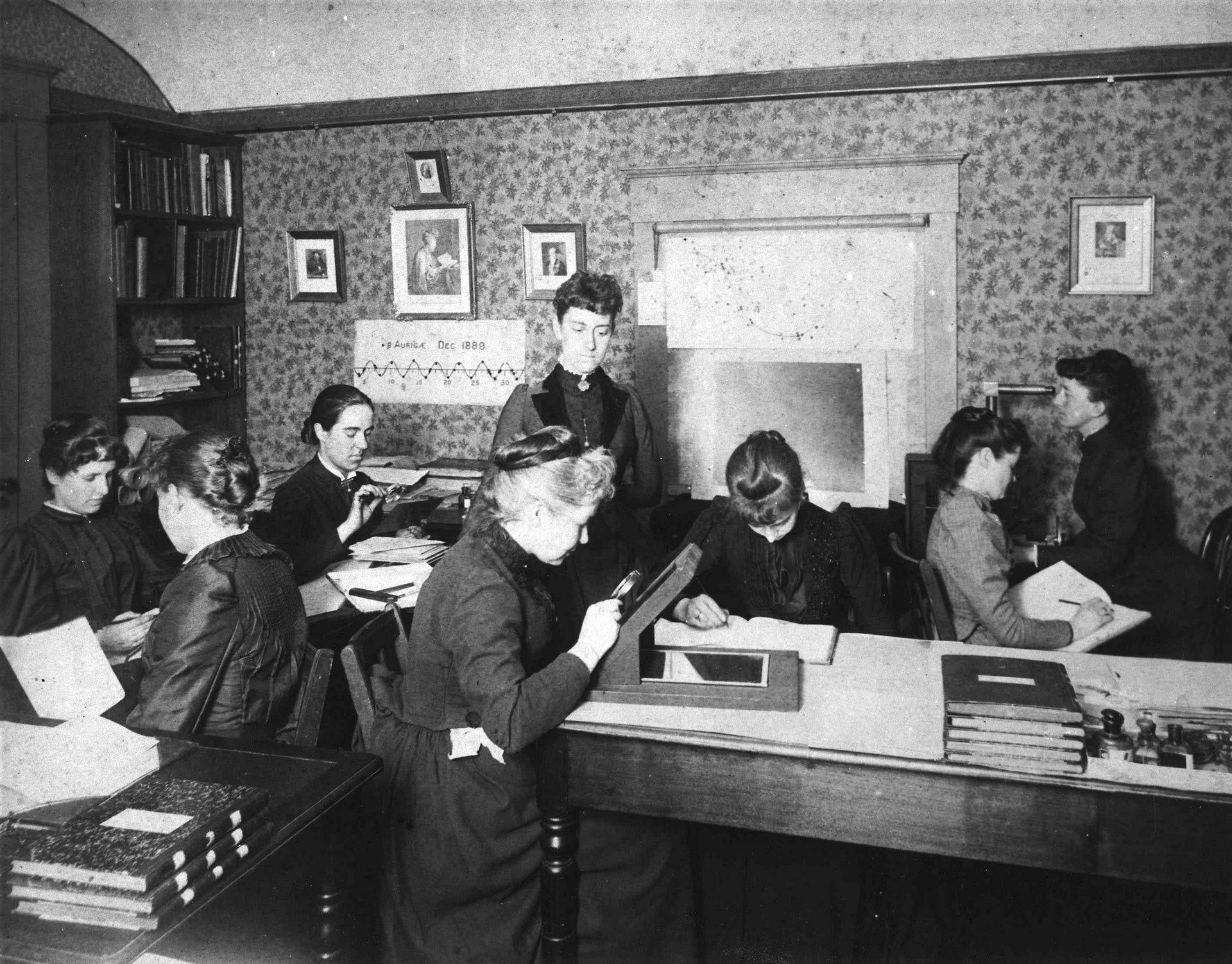
“I don’t think anybody is really going to get famous being involved in nomenclature,” says Tenille Gaither, a geologist at the United States Geological Survey (USGS) and the assistant database manager for the Gazetteer of Planetary Nomenclature, which is today the final word on the names and coordinates of all sorts of features, from mountains and plateaus to valleys and dark spots, in our solar neighborhood. “It’s not a field in which people get renown for any kind of discoveries.”

Gaither is a current steward of a particular tradition. From the 1880s to the present, women have helped define, describe, and organize the our solar system, from long-visible features on Mars to topographical features that have only recently come into view on a Jovian satellite.
Mary Adela Blagg was born in 1858 in the English town of Cheadle, near Staffordshire. The daughter of a lawyer, her formal education ended after boarding school in London, where she studied German and algebra. When her mother died in 1896, Blagg took over the household and management of the family estate, Greenhill.
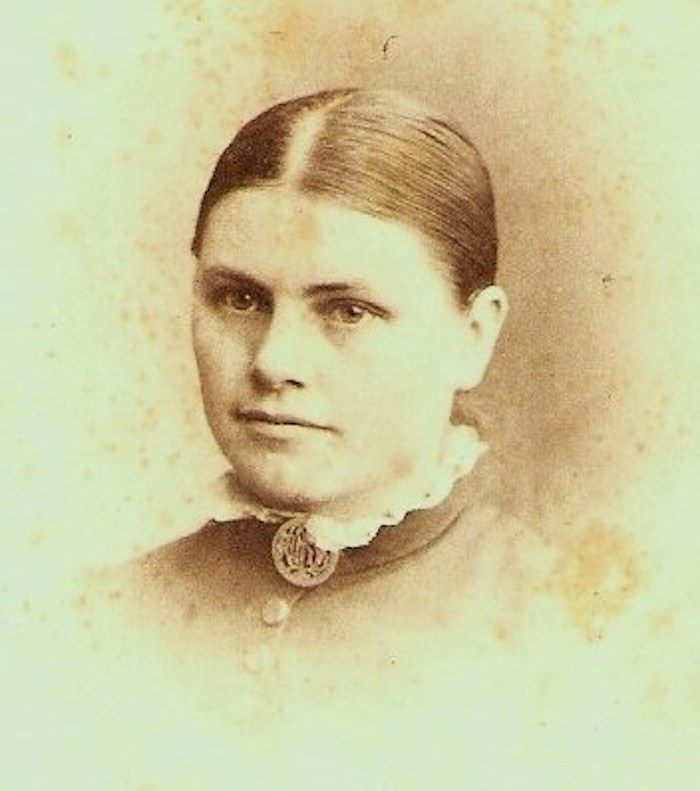
She rarely ventured far from home, but Blagg’s mind wandered. She was good at chess, and she enjoyed solving the puzzles printed in the weekend paper. She pored over her brothers’ schoolbooks to nurture her interest in math. She also threw herself into charity work, such as tending to refugee children evacuated from Belgium during World War I.
Blagg didn’t arrive at astronomy until she was nearly 50, when she attended a lecture by astronomer J.A. Hardcastle. He was working with mathematician and stargazer Samuel Arthur Saunder to deduce the positions of lunar craters from a series of photographs captured in Paris. The researchers had grown frustrated, in part because the craters they were interested in—and other features on the Moon’s surface—went by a slew of different names.
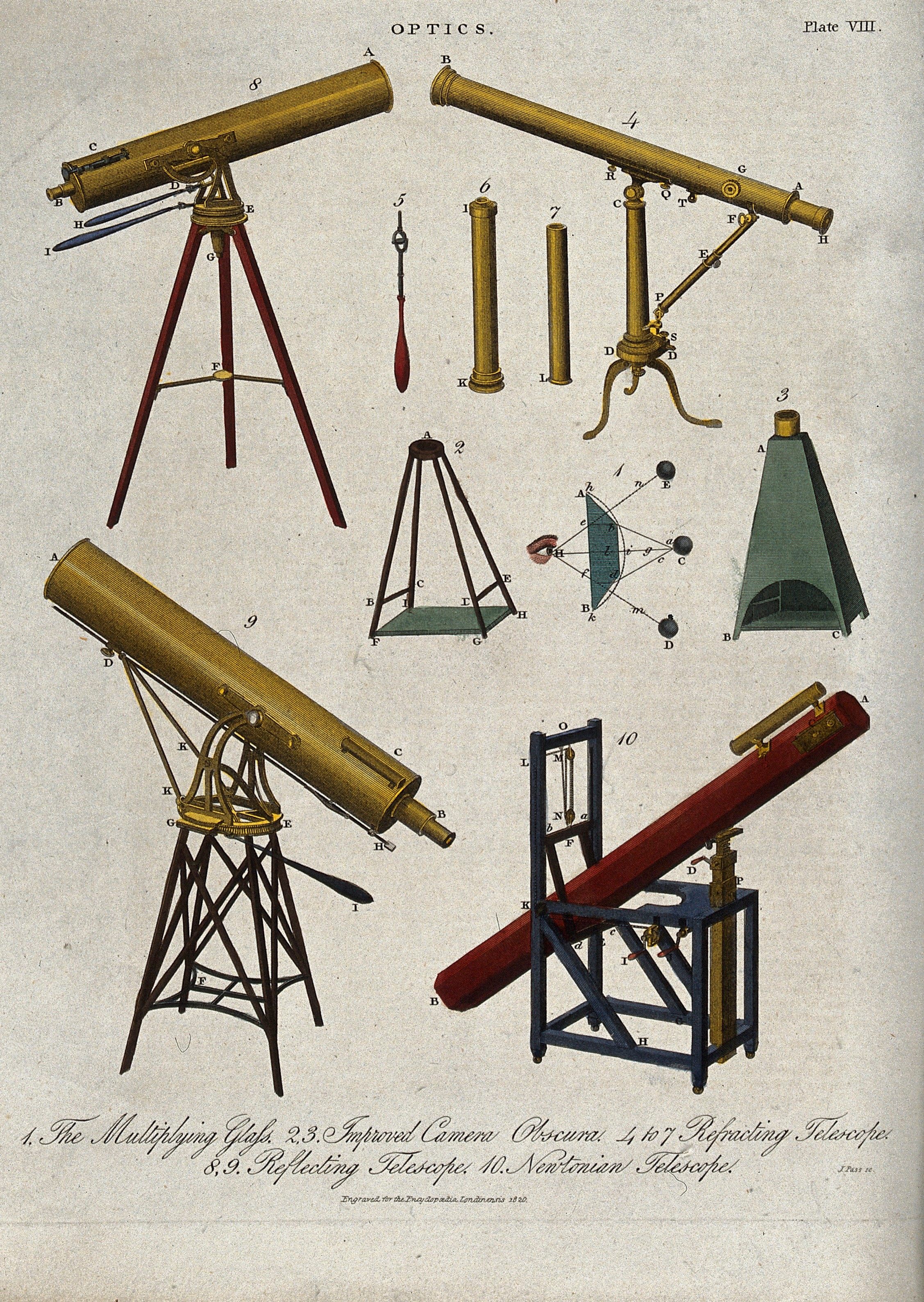
The solar system is vast, and the universe that provides its backdrop in the sky much more so. People have long named stars and constellations and tracked the movements of the planets, but if they wanted to look at anything in greater detail, there was, for much of human history, just one obvious target—the Moon.
Selenography—the study of the surface of the Moon—boomed around the early 1600s, when people first started seeing our natural satellite through telescopes and describing what they saw. Before powerful telescopes and spacecraft (and, eventually, visits) brought us close views, most early selenographers made their own maps, and chose their own names for the features they observed. A particular crater, for example, might have three names, and this was no help at all if one wanted to compare observations. So, in 1905, Saunder pitched the British astronomy community on a novel concept: standardization.
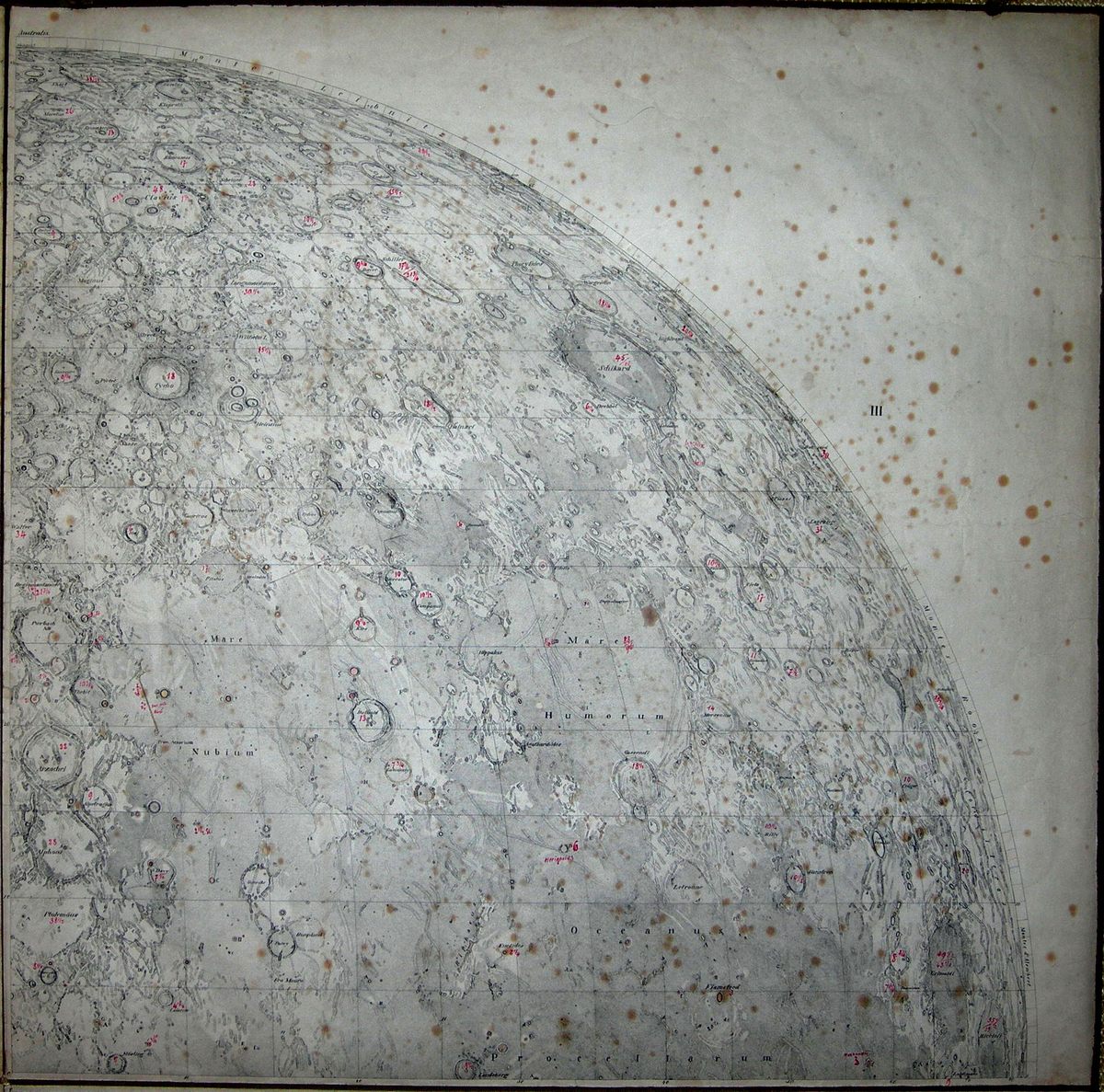
As the researchers set out on the task, they thought of Blagg. She had stayed in touch after the lecture, and demonstrated herself to be meticulous and indefatigable. (She had, for instance, compiled more than 4,000 observations of scintillating stars she could see from her hometown.) Saunder asked if she would help coax the chaos into order. She happily joined the effort.
The Committee on Lunar Nomenclature first convened in 1907. Over the next few years, Saunder and Blagg studied previous maps of the Moon to create a master list of names, noting overlaps and divergences.
Widely described as something of a recluse—she rarely showed up to meetings and preferred to correspond via letter—Blagg could be quite candid. This streak was especially noticeable when she decried the casual haphazardness of her predecessors, notes historian Will C. van den Hoonaard in Map Worlds: A History of Women in Cartography. Her objective, he writes, “was to disentangle earlier errors and create order out of that chaos,” and she “spoke straightforwardly and did not refrain from criticizing earlier astronomers.”

Though progress was slowed by Saunder’s death in 1912, Blagg’s collated list was published the following year. Her contribution was listed, big and bold, on the cover, and echoed in the introduction by H.H. Turner, the eminent astronomer chairing the effort. “This list is throughout the work of Miss Blagg,” he wrote. “Of her great care and thoroughness I had often heard Saunder speak, and I have had some opportunity of appreciating them at first hand during the passing of these sheets through the press.”
Since Blagg’s initial work on the features of the Moon, knowledge of the solar system and the planets, planetoids, moons, asteroids, and more that inhabit it has grown incredibly in both scope and detail. Keeping all of the significant features straight is a substantial task that now falls to Blagg’s heirs—two women, in an office in Flagstaff, Arizona.
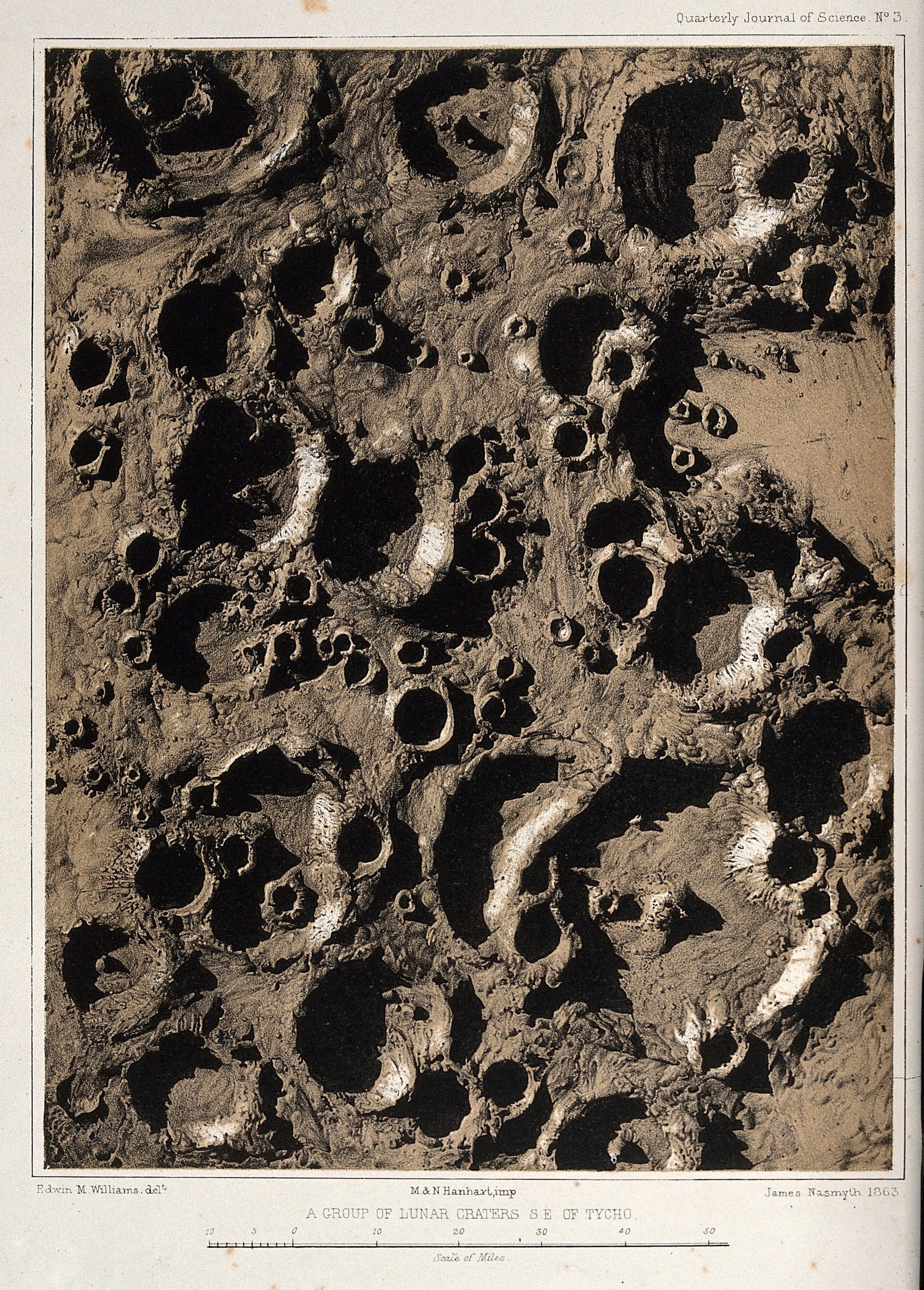
Given the opportunity, Gaither, one of those two women, would love to visit space. “Oh, in a heartbeat, are you kidding?” she says. “Yes. You’re talking to someone who watched Star Trek since she was eight years old and dreamed of going on the Enterprise and visiting other planets.” For now, though, her work with the Gazetteer is digital and earthbound. The spirit of space, however, is front and center in the office, says Rosalyn Hayward, the manager of the database and the other woman responsible for making sure that each facula (a bright spot) on Mercury has a name of its own. A prototype planetary rover sits in the lobby, and the place “feels like being at a science fair, because everyone has posters about their work, and there are planets hanging from the ceiling.”
As the custodians of this database—a task they must balance with their own research interests—Gaither and Hayward work with the International Astronomical Union (IAU) to triage name requests and make sure that the names given to 15,433 craters, chasmas, valleys, and other features across 42 planetary bodies (so far) are approved, unique, and organized. (The Gazetteer doesn’t name stars or asteroids. That goes on elsewhere.)
Say a researcher somewhere in the world has just spotted a previously unknown or unnamed crater on Mars and thinks it ought to have a name. She initiates the process by sending a description and image to the Gazetteer, and making a case for its scientific importance. Gaither and Hayward check to see whether it already has a name and, if the researchers proposed a name, that it’s not already taken. They then prepare a proposal and pass it to the appropriate IAU task group, made up of experts in the field—specialists on Martian cartography, for example. The task group has 10 days to review and discuss the proposal via email, and then it’s off to the working group, made up of the chairs of all of the task groups. They get another 10 days to deliberate. Then Gaither and Hayward tally the votes and, if all goes to plan, log its name and details in their big book of planetary names.
Not everything makes it through the process to earn a name. “We need them to really need one,” Hayward says. About 130 things get this distinction each year, and roughly 10 requests are denied.

Naming keeps pace with discovery, and speeds up with each new mission and camera, probe, rover and analysis. Gaither expects another boom as study focuses on significant moons, such as Saturn’s Titan or Jupiter’s Io, which could hold more mountains or craters or crevasses. As for our Moon? “We pretty much have that well covered—humans have been looking at the Moon for centuries,” Gaither says. “As we get back more higher-resolution image data that reveal more distinct features on [other] planets, that’s when it’s going to get really fun and exciting.”
Finding names for all these features isn’t always easy. The names of towns on Earth, Hayward says, are a useful resource. Craters on Mars, for example, share their names with villages here: Aki (Japan), Alamos (Mexico), and Alga (Kazakhstan). This strategy also promotes the idea that space doesn’t belong to any one nation. By working through a name bank with options from all over the world, the IAU tries to ensure that each country has an equal chunk of (admittedly symbolic) interplanetary real estate. Researchers are sometimes disappointed to hear that they can’t name their discovery for their hometowns because other countries are due for a turn, Hayward says. “It’s hard to say, ‘Ghana is underrepresented and we need to go with that,’” she says, “but we will give [researchers] the list of underrepresented countries and let them choose something if they’d like to be involved in the naming process.”
These names aren’t necessarily permanent. A name might be stripped, for instance, when more sophisticated imagery reveals that a feature is a chasma instead of a crater—or maybe nothing at all. That was the case with Gatico. The Martian crater got its name in 1976 but lost it in 2011, when higher-resolution images revealed that it simply doesn’t exist.

Blagg didn’t have the advantage of a digital database and analysis, but her meticulous indexes attest to her dedication and attention to detail. Her work also didn’t stop with the Moon. She studied variable stars—ones whose brightness seems to waver. With Turner, she analyzed the data on them left by late astronomer Joseph Baxendell. Their results were published in a series of papers in which Turner again wrote that Blagg deserved the lion’s share of the credit: “The great part of the work is due to her.”
She was among the first five women elected as fellows in the Royal Astronomical Society, in 1916. The IAU appointed her, Turner, and others to its lunar nomenclature committee as soon as it formed in 1919. In 1935, Blagg and amateur Czech astronomer Karl Müller published the two-volume Named Lunar Formations. It was the foundation of lunar nomenclature for three decades.
After Blagg’s death in 1944, amaetur astronomer Percy Mayow Ryves wrote of her “skill and judgement, but also originality and courage … [she] was far more than a mere amanuensis or compiler of facts.”
Blagg’s native Cheadle is trying to honor her legacy. A local society is installing a plaque dedicated to her this Sunday, on a small stone pillar near a car park—with an image of the Moon, flanked by a smattering of stars. But her most lasting memorial is a crater that will be around long after we’re all gone.





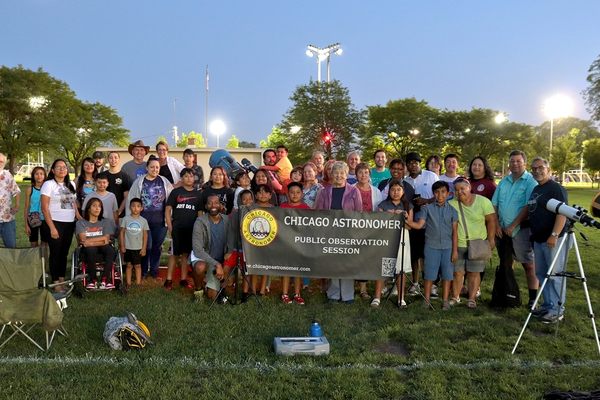






Follow us on Twitter to get the latest on the world's hidden wonders.
Like us on Facebook to get the latest on the world's hidden wonders.
Follow us on Twitter Like us on Facebook